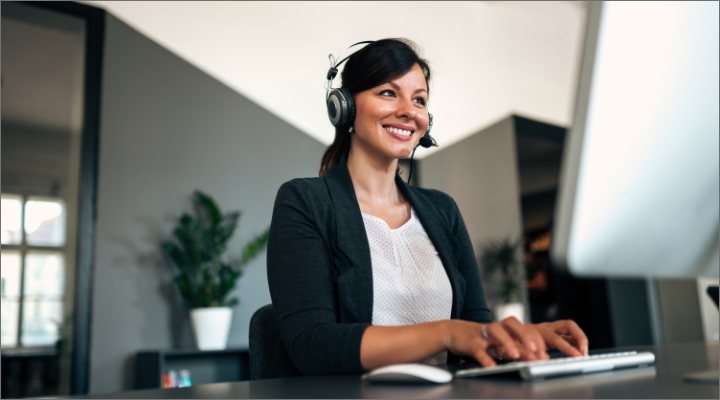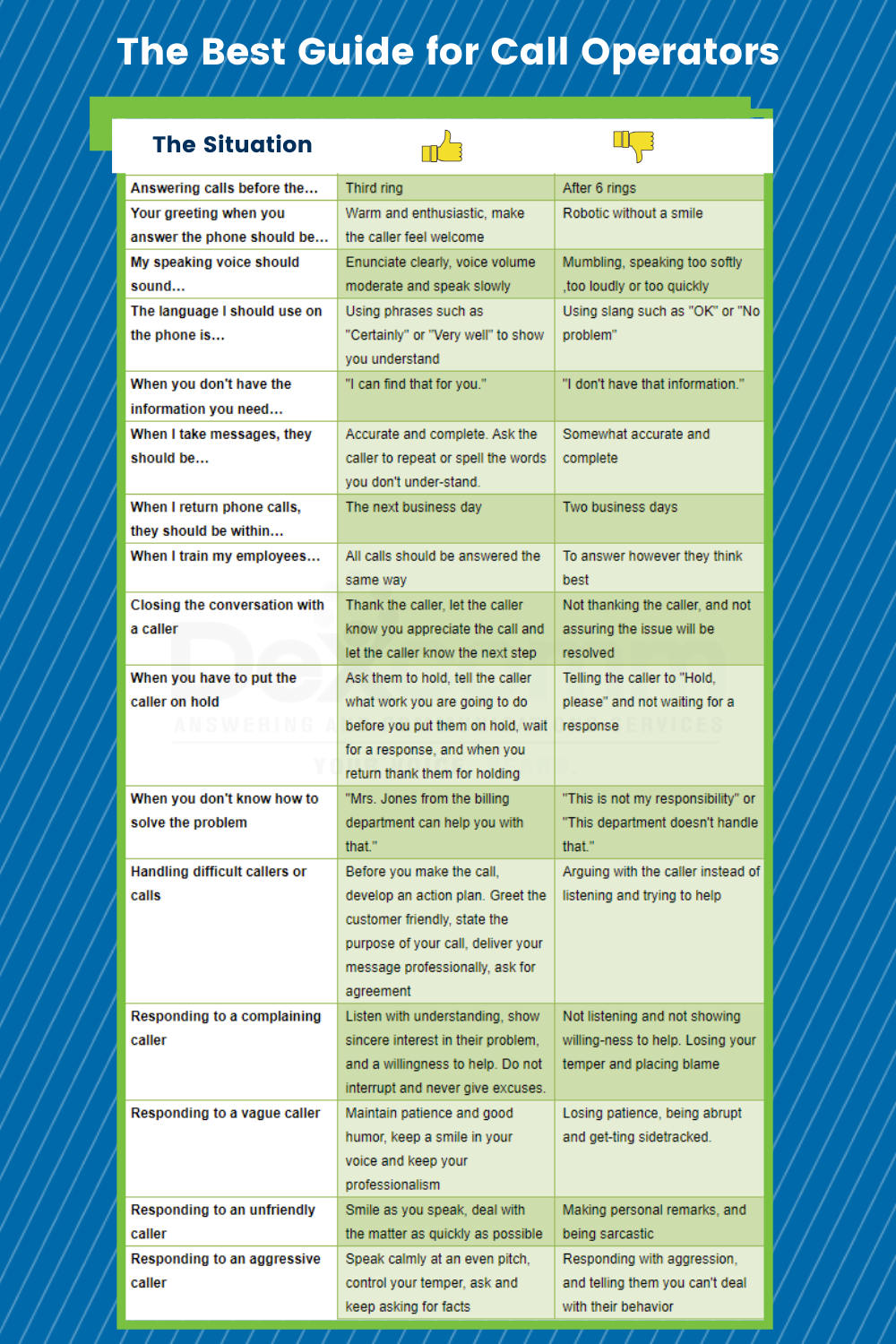All Categories
Featured
Table of Contents
- – Which Is The Best Faqs - The Phone Answering To...
- – Which Is The Best Telstra Voice Features & Ser...
- – Best 4 Different Types Of Business Phone Answe...
- – Whats The Best A Guide To Using Automated Ans...
- – What Is The Best Call Answering & Reception S...
- – What Is The Best Automated Answering Service...
Which Is The Best Faqs - The Phone Answering To Buy
This device and its followers were developed by Sava Jacobson, an electrical engineer with a personal consulting organization. While early answering devices used magnetic tape innovation, the majority of modern equipment utilizes strong state memory storage; some devices use a combination of both, with a solid-state circuit for the outbound message and a cassette for the inbound messages.
"toll conserving" below) (phone answering). This is beneficial if the owner is screening calls and does not wish to speak with all callers. In any case after going, the calling celebration should be informed about the call having been responded to (in many cases this begins the charging), either by some remark of the operator, or by some greeting message of the little, or addressed to non-human callers (e.
This holds especially for the Littles with digitally stored greeting messages or for earlier makers (before the rise of microcassettes) with an unique limitless loop tape, separate from a second cassette, devoted to recording. There have been answer-only gadgets without any recording abilities, where the welcoming message had to inform callers of a state of existing unattainability, or e (call answering services).
Which Is The Best Telstra Voice Features & Services - Home Phone Provider

about availability hours. In recording TADs the greeting typically contains an invite to leave a message "after the beep". A voice mail that uses a microcassette to tape messages On a dual-cassette answerphone, there is an outgoing cassette, which after the specified variety of rings plays a pre-recorded message to the caller.

Single-cassette answering devices contain the outbound message at the start of the tape and incoming messages on the staying space. They first play the announcement, then fast-forward to the next readily available space for recording, then tape-record the caller's message. If there are many previous messages, fast-forwarding through them can cause a considerable delay.
This beep is frequently referred to in the welcoming message, asking for that the caller leave a message "after the beep". TADs with digital storage for the taped messages do not reveal this hold-up, obviously. A little bit might offer a remote control facility, whereby the answerphone owner can sound the home number and, by getting in a code on the remote telephone's keypad, can listen to recorded messages, or delete them, even when far from home.
Best 4 Different Types Of Business Phone Answering Services Sales Near Me

Thus the maker increases the variety of rings after which it answers the call (generally by 2, leading to four rings), if no unread messages are presently kept, but responses after the set variety of rings (generally 2) if there are unread messages. This permits the owner to learn whether there are messages waiting; if there are none, the owner can hang up the phone on the, e.
Some devices also permit themselves to be from another location triggered, if they have been turned off, by calling and letting the phone ring a specific big number of times (typically 10-15). Some service suppliers desert calls already after a smaller variety of rings, making remote activation impossible. In the early days of TADs an unique transmitter for DTMF tones (dual-tone multi-frequency signalling) was regionally needed for remote control, since the formerly utilized pulse dialling is not apt to convey proper signalling along an active connection, and the dual-tone multi-frequency signalling was implemented step-by-step.
Any inbound call is not recognizable with regard to these homes in advance of going "off hook" by the terminal equipment. So after going off hook the calls should be changed to suitable gadgets and only the voice-type is instantly accessible to a human, but maybe, nevertheless must be routed to a LITTLE (e.
Whats The Best A Guide To Using Automated Answering Systems To Buy
What if I told you that you do not need to in fact select up your device when responding to a client call? Somebody else will. So hassle-free, ideal? Responding to call doesn't need somebody to be on the other end of the line. Effective automated phone systems can do the trick just as efficiently as a live representative and sometimes even much better.
An automated answering service or interactive voice response system is a phone system that communicates with callers without a live person on the line - telephone answering service. When companies use this innovation, customers can get the answer to a question about your business merely by utilizing interactions set up on a pre-programmed call flow.
Although live operators update the customer support experience, lots of calls do not need human interaction. A basic recorded message or directions on how a consumer can retrieve a piece of details typically resolves a caller's instant need - phone answering service. Automated answering services are a basic and effective way to direct incoming calls to the best individual.
What Is The Best Call Answering & Reception Services - Office Shed Service In My Area?
Notification that when you call a company, either for support or item inquiry, the first thing you will hear is a pre-recorded voice greeting and a series of options like press 1 for customer care, press 2 for inquiries, and so on. The pre-recorded alternatives branch out to other options depending on the client's choice.
The phone tree system assists direct callers to the best person or department utilizing the keypad on a mobile phone. In some instances, callers can utilize their voices. It deserves noting that auto-attendant alternatives aren't restricted to the ten numbers on a phone's keypad. When the caller has picked their very first choice, you can create a multi-level auto-attendant that uses sub-menus to direct the caller to the best sort of support.
The caller does not have to communicate with a person if the auto-attendant phone system can handle their issue. The automated service can route callers to an employee if they reach a "dead end" and require assistance from a live representative. It is costly to work with an operator or executive assistant.
What Is The Best Automated Answering Service, Better Known As Interactive ... Right Now
Automated answering services, on the other hand, are considerably more economical and offer substantial cost savings at an average of $200-$420/month. Even if you do not have actually committed staff to handle call routing and management, an automatic answering service improves efficiency by permitting your group to concentrate on their strengths so they can more efficiently invest their time on the phone.
A sales lead routed to customer support is a lost shot. If a consumer who has item questions reaches the wrong department or receives incomplete answers from well-meaning employees who are less trained to deal with a particular type of concern, it can be a reason for disappointment and dissatisfaction. An automatic answering system can decrease the number of misrouted calls, consequently assisting your employees make better usage of their phone time while maximizing time in their calendar for other tasks.
With Automated Answering Systems, you can create a tailored experience for both your staff and your callers. Make a recording of your main greeting, and just update it routinely to reflect what is going on in your company. You can produce as numerous departments or menu options as you desire.
Table of Contents
- – Which Is The Best Faqs - The Phone Answering To...
- – Which Is The Best Telstra Voice Features & Ser...
- – Best 4 Different Types Of Business Phone Answe...
- – Whats The Best A Guide To Using Automated Ans...
- – What Is The Best Call Answering & Reception S...
- – What Is The Best Automated Answering Service...
Latest Posts
Virtual Phone Answering – Australia
Hospitality Answering Service Near Me
Top Hospitality Answering Service
More
Latest Posts
Virtual Phone Answering – Australia
Hospitality Answering Service Near Me
Top Hospitality Answering Service